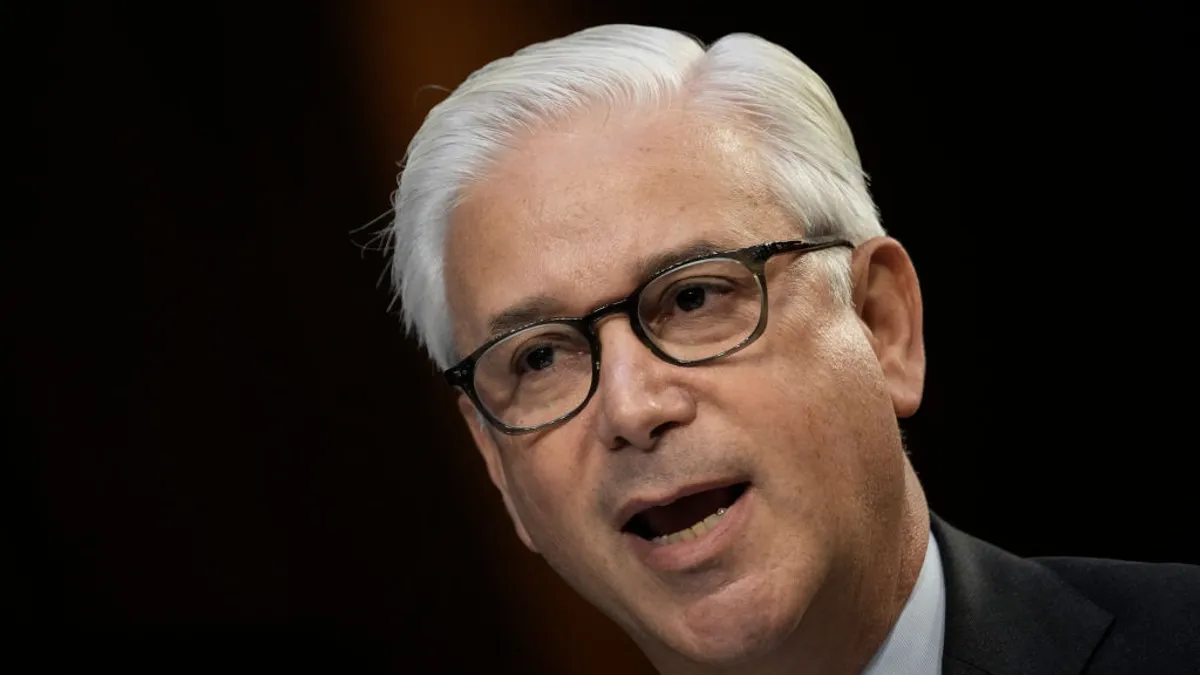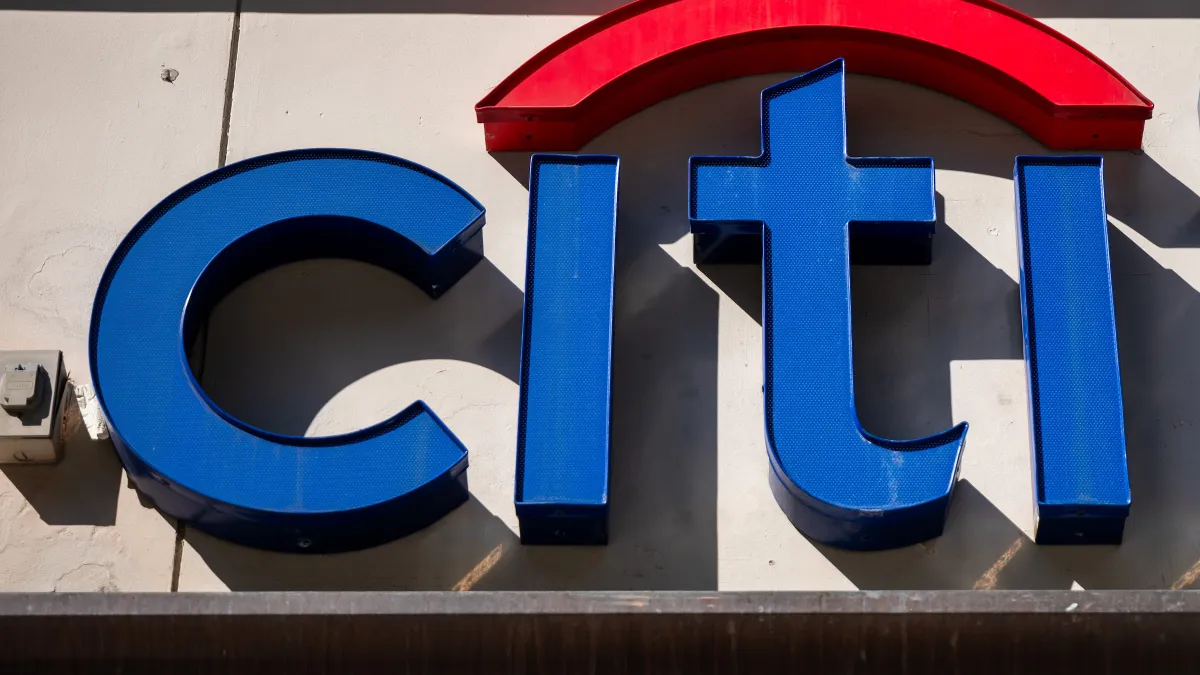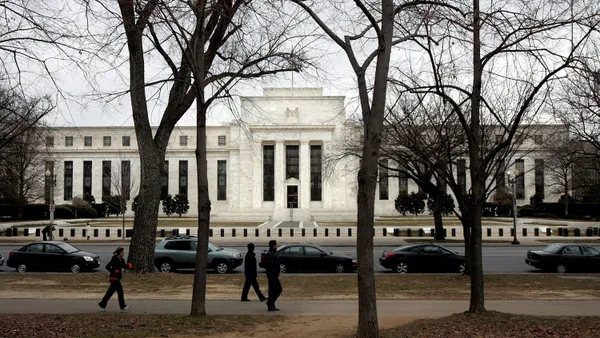The Federal Reserve’s vice chair for supervision, Michael Barr, unveiled changes Tuesday to the proposed Basel endgame regulations that, if approved, would cut roughly in half the amount of extra capital large banks would have been forced to hold.
The initial proposal, introduced in July 2023, would have increased the capital requirements for global systemically important banks by around 19%.
But Barr said Tuesday that the Fed, the Office of the Comptroller of the Currency and the Federal Deposit Insurance Corp. have revamped the proposal and will resubmit it with a roughly 9% increase in capital requirements for those banks.
G-SIBs aren’t the only banks that would get off easier with the requirements proposed Tuesday. Large banks with $250 billion or more in assets would need to hold 3% to 4% more capital under the revised proposal. That’s less than the 6% extra that last year’s proposal would have required of them. Banks with between $100 billion and $250 billion in assets would face a 0.5% increase in their capital requirements under the revised proposal versus 6% from last year.
“Bank capital is a key component of [banking industry] resilience … but capital has costs too,” he said in prepared remarks ahead of an appearance at the Brookings Institution.
“As compared to debt, capital is a more expensive source of funding to the bank. Thus, higher capital requirements can raise the cost of funding to a bank, and the bank can pass higher costs on to households, businesses, and clients engaged in a range of financial activities,” Barr said. “These activities are critical to a well-functioning economy that works for everyone. That's why it is important to get the balance between resiliency and efficiency right.”
Barr said Tuesday that the plans aren’t set in stone, and regulators “have not made final decisions on any aspect of the re-proposals, including those that are not explicitly addressed in the re-proposal.”
“This is an interim step. Let me reiterate that we are open to comments on any aspect of the proposals,” he said.
When prompted on timeline at the Brookings event, Barr said whenever the rule is finalized, banks will have a year to begin implementation. Barr said the November presidential election would not have any effect on the rule.
“I view my job at the Federal Reserve as not paying any attention to elections,” he said. “I have a fixed term of office. I just do my job.”
Barr’s term at the Fed ends in 2026.
Last summer’s version of the proposal drew ire from big-bank CEOs like JPMorgan Chase CEO Jamie Dimon, who called the tougher capital requirements “flawed and poorly calibrated.”
Even some regulators, such as the FDIC’s Jonathan McKernan and Travis Hill, spoke out against the Basel endgame proposal as it stood before. And Fed Chair Jerome Powell, in March testimony on Capitol Hill, said he expected “broad” and “material” changes to the proposal.
“The journey to improve capital requirements since the [financial crisis of 2008] has been a long one, and Basel III endgame is an important element of this effort,” Barr said Tuesday. “These re-proposals bring us closer to completing the task.”
The Fed is looking at how stress tests complement the proposed rules, Barr said, adding that the regulator will continue to “seek an approach that helps to ensure financial system resiliency and supports the flow of credit to households and businesses.”
“It is most imperative that we get this right,” he said.













